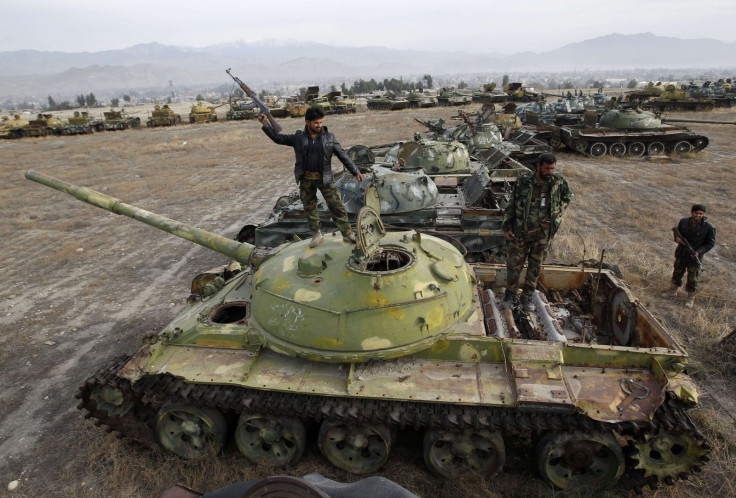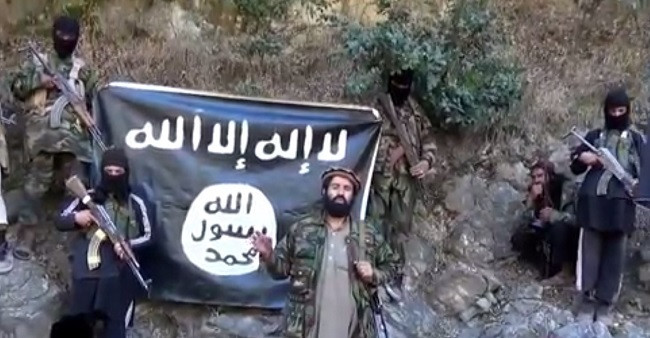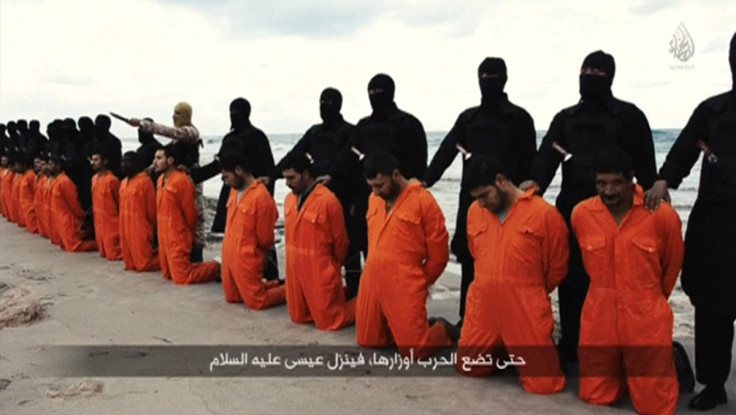Isis v the Taliban: Will deadly Islamist groups destroy one another in battle for Afghan tribal belt?

The Islamic State (IS) has received dozens of official pledges from Yemen, Libya, Egypt, Indonesia, and several other countries. Perhaps the most interesting—not to mention alarming—of its pledges has been from former Tehrik-e-Taliban Pakistan (TTP) and tribal leaders in the "Khorasan," an old name for the Afghanistan-Pakistan region.
The Khorasan region is a powerful symbol of the jihadist movement: the grounds where Osama bin Laden fought against the Soviets, a site of US "Crusader" boots on the ground, and other events woven into the fabric of jihadi history.
However, with the rise and outward expansion of IS this past year, the jihadist movement has never been further from unity. And as the group pushes its way into Khorasan, this prized region may be the stage for an infighting show-down between IS and those not willing to give up their stances.
The TTP has undergone power struggles with its smaller sub-groups the past. The main separation took place with the August 2014 creation of "Jamat-ul-Ahrar, a group formed after separating from the TTP due to strategic differences.
However, these groups had strong foundations in their own areas, and infighting wasn't a common phenomenon as they didn't really threaten each other. This would begin to change upon IS's arrival in the region, though.
On 13 October 2014, just three months after its creation, a message attributed to TTP spokesman Shahidullah Shahid (AKA Abu Omar Maqbul) announced his allegiance to IS leader Abu Bakr al-Baghdadi. The message also claimed that five other prominent TTP leaders from Hangu, Khyber, Orakzai, and Peshawar had also pledged their loyalty to IS.
On 9 January 2015, IS released a video wherein these TTP leaders (and others) reiterated their pledges to the IS Caliphate. Two weeks later, IS's 'Khorasan Province' was made official in an audio message by IS spokesman Abu Muhammed al-Adnani.
Pledges to IS made before those of the aforementioned TTP leaders were delivered by small local groups—none of them well-established, or with a noteworthy record of activity. However, the pledges in Khorasan were by some of the most prominent and battle-hardened leaders in the jihadi sphere, with connections to both the Afghan Taliban and TTP.
Until the rise of IS, TTP was considered among the most dangerous of terrorist groups. The group was responsible for some of the most high-profile and brutal attacks throughout Pakistan, and even the May 2010 attempt to detonate a car bomb in Times Square in New York. Unlike most of the other pledges to IS around the world, those who have pledged their allegiance in the Khorasan possess experience and proven leadership of local populations.
Why then did this former TTP/Taliban leadership abandon their well-known group and pledge themselves to IS—a group based over a thousand miles away—and to a self-proclaimed 'Caliph'?

Some jihadist figures would claim that these leaders were bought off by IS "under the pretext of support." Regardless of whether or not this is true, it is a remarkable and dangerous feat that IS managed to recruit these well-experienced terrorists leaders and, with them, their networks and experience.
Jihad veteran
Unlike most of the other pledges to IS around the world, those who have pledged their allegiance in the Khorasan possess experience and proven leadership of local populations.
Among these leaders is the former TTP chief for Orakzai, Hafiz Saeed Khan, who was named by IS as the head of its Khorasan Province. Khan, a jihad veteran, is believed to have been fighting in Khorasan with the Taliban since the West established itself in Afghanistan following the 9/11 attacks. His ties to the other tribes, military experience, and support among fighters might bring more pledges to IS.
Furthermore, it is very important that former TTP spokesman Shahidullah Shahid, an international figure who managed the TTP media operation for many years, and holds contacts to international and local media sources, is part of the new province. None of the other IS provinces contains leaders with these credentials.
Of course, it's still early in the game, and so far nothing of significance has been reported about IS new province. However, judging by IS's progress in other external areas—such as those of Libya and Sinai—it is most likely that we'll be hearing a lot from the Khorasan province. Reports indicate that many in the region have already been attracted to IS, with roughly 10,000 fighters purported to have joined the group's new training camps.
TTP/Taliban merge with IS highly unlikely
IS succeeded not only in recruiting important players to its Khorasan Province, but also in importing its strategy of creating infighting between the groups. IS's strategy in Syria and Iraq has proven that the group doesn't cooperate with anyone unless they are under IS leadership. Simply put, there are no allies for IS that don't bear its name.
Furthermore, the Taliban/TTP and IS are competing to gain the support of the same people. Therefore, IS's training of fighters in the region will likely result in intensified violence between these two sides. Indeed, though the Afghan Taliban has not made any official statement regarding violence between itself and IS, reports have surfaced of IS fighters attacking and killing a Taliban commander in Afghanistan's Logar Province.
Yet, there is another important factor that will contribute to the infighting between the groups: the stature of their respective leaders.
The Afghan Taliban's chief, Mullah Muhammad Omar, is one of the most prominent and revered figures among jihadists worldwide, and is still believed to be alive. Figures pledged to Omar include al-Qaeda in the Arabian Peninsula (AQAP) leader Abu Baseer al-Wuhayshi, Core AQ leader Ayman al-Zawahiri, and even the late Bin Laden himself. Simply put, if AQ or any of the groups aligned with it were to establish its own Caliphate, Omar would most likely be named the Caliph.

Baghdadi, on the other hand, has surely captured the world's attention as a figure of authority with his self-proclaimed title of Caliph and increasingly dangerous fighting force.
Considering Mullah Omar's prominent role in the global jihadist movement, it appears that Baghdadi and IS have taken their defiance beyond AQ to the highest peak with the Taliban.
That being said, it is unlikely that IS and AQ, nor the Khorasan's main groups, the Taliban and TTP, will ever unite. There can only be one Caliph, and neither Omar nor Baghdadi seem poised to bow to the other.
There will be those who insist that letting these groups fight each other is beneficial—keeping them focused on internecine feuds rather than outside targets. However, this competition will more likely inspire each side to out-do the other with more notable attacks at all kinds of targets—be they each other or other entities all together.
The events in Khorasan have, with no doubt, changed the dynamic of the war on terror, and call for a reassessment of the US and NATO's strategy toward Afghanistan.
Rita Katz is executive director of the SITE intelligence group (www.siteintelgroup.com). She has been monitoring terrorist activity and Jihad for more than a decade.
You can find her on Twitter @rita_katz.
© Copyright IBTimes 2025. All rights reserved.





















